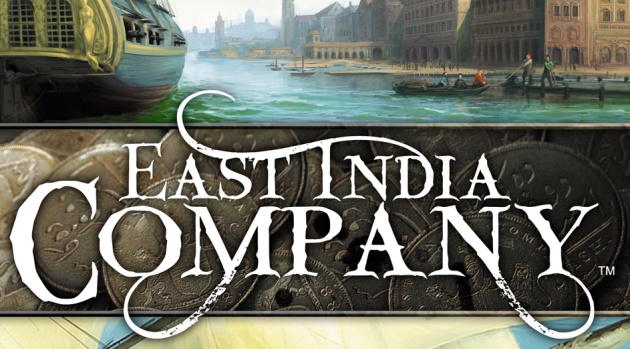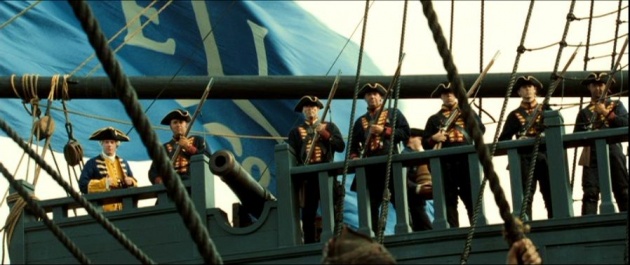
One of the largest and most prominent organizations in the British Empire, the East India Company’s peak was in the 18th century when Britain’s trading presence was most strongly felt in the Indian subcontinent. At its height, the company transported all manner of goods around the world. The captains guided their vessels around the world and were vital cogs of this industry. Life was tough on the open sea, with its piracy, storms and long hours, but there was also the opportunity for them to line their own pockets.

The research for this article came from a variety of sources each examining different aspects of the captain’s role. Perhaps the most important however was HV Bowen’s The Business Of Empire: The East India Company And Imperial Britain 1756- 1833. Specifically designed for the period that the article covered, the book gave a valuable insight into a captain’s life aboard a trading ship for the East India Company. This book also described the hierarchy in the organization well.
LOCAL EMPLOYMENT
A captain had to make sure he had a full crew so he could safely travel the long distances expected. To satisfy these demands, Indian locals were often employed. The captain would choose from the neighbouring area those he felt were best suited for the role. Locals, known as Lascars, were most commonly hired and upon training worked extremely hard for little pay, which could be as little as five per cent of a British sailor’s wages.
RENDEZVOUS WITH SUPERIORS
A captain was constantly in communication with either London or the East India House. The Empire’s capital didn’t always have the final say, though, and less direction came from London as time wore on, giving the captains greater autonomy. A captain would try to manufacture decisions that would benefit him and his ship as he tried to climb the company ladder for personal gain.
TRADE ROUTES
Various routes were devised by the East India Trading Company to navigate to India efficiently. The Suez Canal was not opened until 1869 so ships had to journey around Africa to travel from Britain to India. In the age of sail, this took months and the captain’s method of navigating was to use a Mariner’s compass, which used a precise magnetised steel needle.
COLLECT AND DELIVER GOODS
The lion’s share of the day would be spent gathering spices and goods to swell the company and Empire’s economic might. Out on the high seas, the captain’s ship would often come into contact with rival Dutch, French and Spanish fleets, as unscrupulous rivals could steal cargo. The Fourth Anglo-Dutch War (1780-84) ended with a British victory as the companies and nations squabbled over trade routes and land.
UNDERHAND DEALS
Some captains made secret trade negotiations, often against the company’s – and London’s – wishes, to boost their reputation and wealth. As a result, Pitt’s India Act (named for UK’s Prime Minister William Pitt the Younger) in 1784 gave control to both the crown and the company in an attempt to make the ailing firm work more efficiently. Indian ports soon became corrupt as British rule was stretched so thinly that effective policing of the situation was almost impossible.
REPAIR SHIPS AND MONITOR TRADE ZONE
The British ruled two-thirds of India by the end of the 18th century, including many major cities such as Bombay, Calcutta and Madras. To maintain the Empire’s borders, the captains were equipped with some of the largest ships ever constructed in the era. These ships were built for cargo capacity and not speed so could only reach seven to eight knots before the age of steam arrived.
RAISING A FAMILY
For an East India Company captain, it was very common to spend an extended time away from the comforts of home. As a result, many began relationships with Indian women and cross-cultural marriages were common. Wills recovered from the 1780s show that a third of the company’s British men left their possessions to their Indian family.
DOCKING INTO PORT
A company galleon was designed as much for comfort as it was for carrying capacity. Known as ‘Lords of the Ocean’, a captain and his crew could easily sleep in the grand ship rather than spending the night in cities such as Bombay and Calcutta. Large ships such as the ‘Warley’ would be adorned by the captain’s own choice of decoration.



